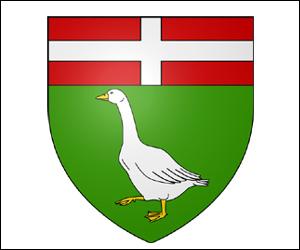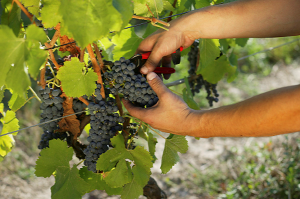The year is 100 BCE…the Romans are continuing their northward expansion into southern Gaul – the land which will become modern day France. Everywhere the conquering Romans go, they make their mark with the two main defining elements of the Roman Empire – roads and wine.
It is believed that the first vines in The Languedoc-Roussillon were planted around this time – and soon thereafter, vines were planted in Fronton as well – a smaller area to the west .
Located just north of Toulouse, Fronton, now an AOC, features rustic red and rosé wines. Known as Côtes du Frontonnais until 2005, the region has rocky soils and a very dry, warm climate. The main red grape of Fronton is Négrette, an ancient Gallic variety that is related to Malbec. This was recently determined through genetic testing of Négrette which unfortunately disproved the traditional story of the grape: that it was originally from Cyprus and was introduced into the area by the Knights Templar, returning from the crusades. While it is true that the region was taken over in the 12th Century by the Knights Hospitaler, a monastic military order similar to the Knights Templar, it seems the grape was in the region before the Knights.
Almost 85% of Fronton AOC wines are red, which must contain a minimum of 50% Négrette. The other 50% may include a mix of Cabernet Sauvignon, Cabernet Franc, Syrah, and Malbec.
Négrette has a very distinct character and profile, featuring aromas of anise and red fruit. Some people describe the wines as “foxy.” On the palate, the wines can show strong dark and dried fruit flavors with very little tannins, lending the wine a pronounced suppleness. Winemakers making blends based on Négrette have to blend carefully with other grapes, as the delicate characteristics of the grape can be easily overpowered by more tannic varieties.
There are scattered plantings of Négrette found throughout the world, perhaps most surprisingly in the San Benito AVA, located in the Central Coast of California. In California, it was known as Pinot St-George until 1997. There are some plantings of Négrette in the Loire, notably in the Fiefs Vendeens area. In the Loire, Négrette can legally be called “Ragoutant.”
Viticulturally, Négrette does best in warm climates, as it is very susceptible to gray rot and odium. The wines are best consumed within a few years of their release.
Click here to return to the SWE Website.

